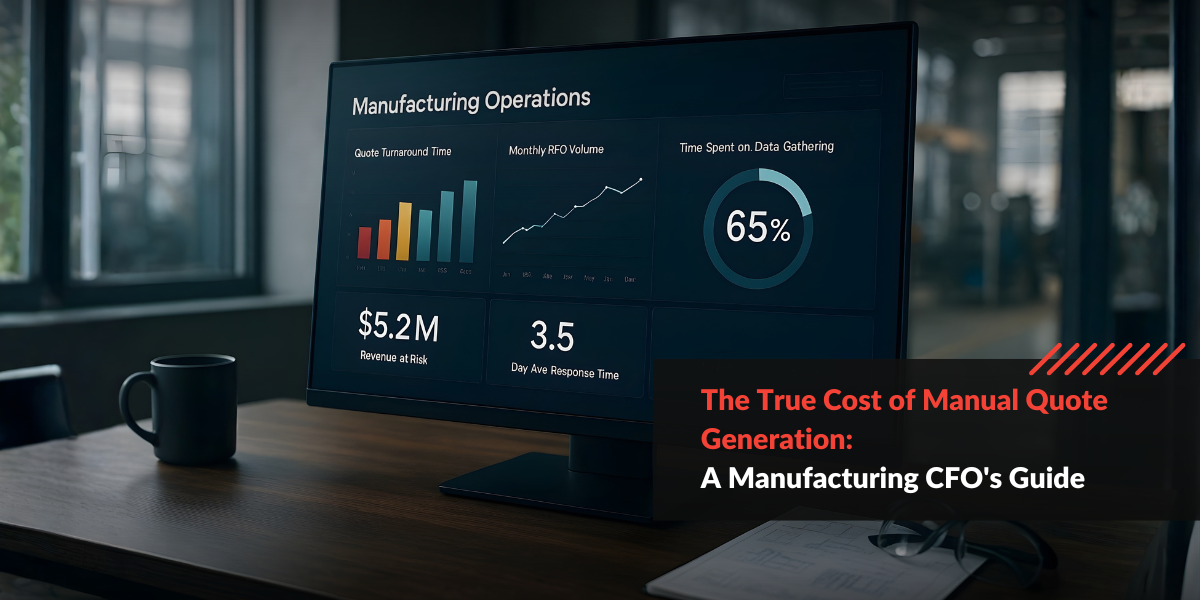AI has moved from experimental to essential in every leader’s strategy. It’s no longer about testing its capabilities—it’s about leading with them. C-suite leaders now face the challenge of integrating rapidly advancing technology while staying aligned with core business priorities. For those exploring AI’s role in strategic choices, our guide on AI-powered decision-making in the boardroom highlights how generative AI and LLMs can support complex challenges.
Yet here’s the real question: how do you ensure that AI does more than tick a box? How does it become a meaningful part of your organization—enhancing what makes your business unique, what makes it trusted, and what makes it profitable?
Today, we explore four essential principles for building AI automation into your organization in ways that resonate, empower, and drive lasting impact. These are more than steps; they’re foundations for aligning technology with purpose.
1. Make AI Work for Your Strategy, Not the Other Way Around
Successful AI automation doesn’t just focus on isolated tasks; it’s integrated with the company’s core mission. Leaders must start by ensuring that each automation project directly supports strategic objectives. For example, if customer satisfaction is a priority, an AI-powered chatbot delivering real-time support is more than just a tool—it’s a competitive advantage.
When AI projects are clearly linked to business goals, they not only deliver operational value but also elevate brand strength and customer trust. This alignment helps prioritize high-impact use cases and ensures every investment in AI drives meaningful results.
Actionable Tip: Ask, “How does this automation project accelerate our key business objectives?” before proceeding with any AI initiative.
2. Build an AI Framework That Grows as You Do
AI automation isn’t static; it’s a dynamic system that must evolve with the business. Scalability is essential for managing growth, but it’s equally important to have flexible systems that adapt as new technology and market needs emerge. Leaders should look for automation solutions that are easy to scale and can integrate with other tools as they become relevant.
For instance, an AI-based customer service chatbot that starts by handling a few hundred queries should be capable of managing thousands as the company grows or enters new markets. Flexibility is also key—whether that means adapting to shifts in customer behavior or integrating new data sources without overhauling the system.
Actionable Tip: Invest in cloud-based infrastructure and modular AI solutions that allow for easy scalability and integration with emerging technologies.
3. Empowering People with AI: A Win-Win for Your Team
AI automation is an opportunity to elevate your workforce, not replace it. C-suite leaders should treat AI as a tool that augments human capabilities, opening doors for employees to shift into more strategic roles. This transformation requires thoughtful change management, upskilling, and a culture that values continuous learning.
In finance, for example, AI tools can automate routine tasks like reporting, freeing employees to focus on complex analysis and strategic decision-making. By empowering employees with new skills, companies can foster a collaborative AI-human dynamic that maximizes both human and technological potential.
Actionable Tip: Create a workforce development plan that emphasizes reskilling and continuous learning, ensuring employees are equipped to leverage AI effectively.
4. Measure, Refine, Repeat
For AI automation to drive long-term value, ongoing performance measurement and optimization are crucial. While AI can deliver powerful insights, it’s essential to regularly monitor and refine these systems. Define key performance indicators (KPIs) from the start, whether they focus on speed, accuracy, cost savings, or customer satisfaction.
Establishing feedback loops allows AI systems to learn and improve continuously, which is critical as business needs evolve. C-suite leaders should remain agile, willing to tweak or pivot strategies based on real-time results and emerging challenges.
Actionable Tip: Set up a cross-functional team dedicated to monitoring, evaluating, and optimizing AI systems. Ensure that feedback loops are efficient, so the team can quickly address any issues or inefficiencies.
Just as AI is breaking down silos in corporate leadership, it’s also revolutionizing workflows on the ground. In sectors like manufacturing, AI-driven automation is enhancing everything from predictive maintenance to real-time quality control, illustrating the end-to-end value of integrated intelligence.
Driving Performance with AI Automation
AI automation offers an unprecedented opportunity for businesses to operate more efficiently, responsively, and strategically. For C-suite leaders, the path forward lies in a thoughtful approach—one that balances technology’s potential with the organization’s strategic goals. By aligning AI initiatives with business objectives, ensuring scalability, empowering the workforce, and committing to continuous improvement, companies can unlock the full value of AI.
The future belongs to those who embrace AI with purpose, integrating it not just as a tool, but as a catalyst for business transformation.




